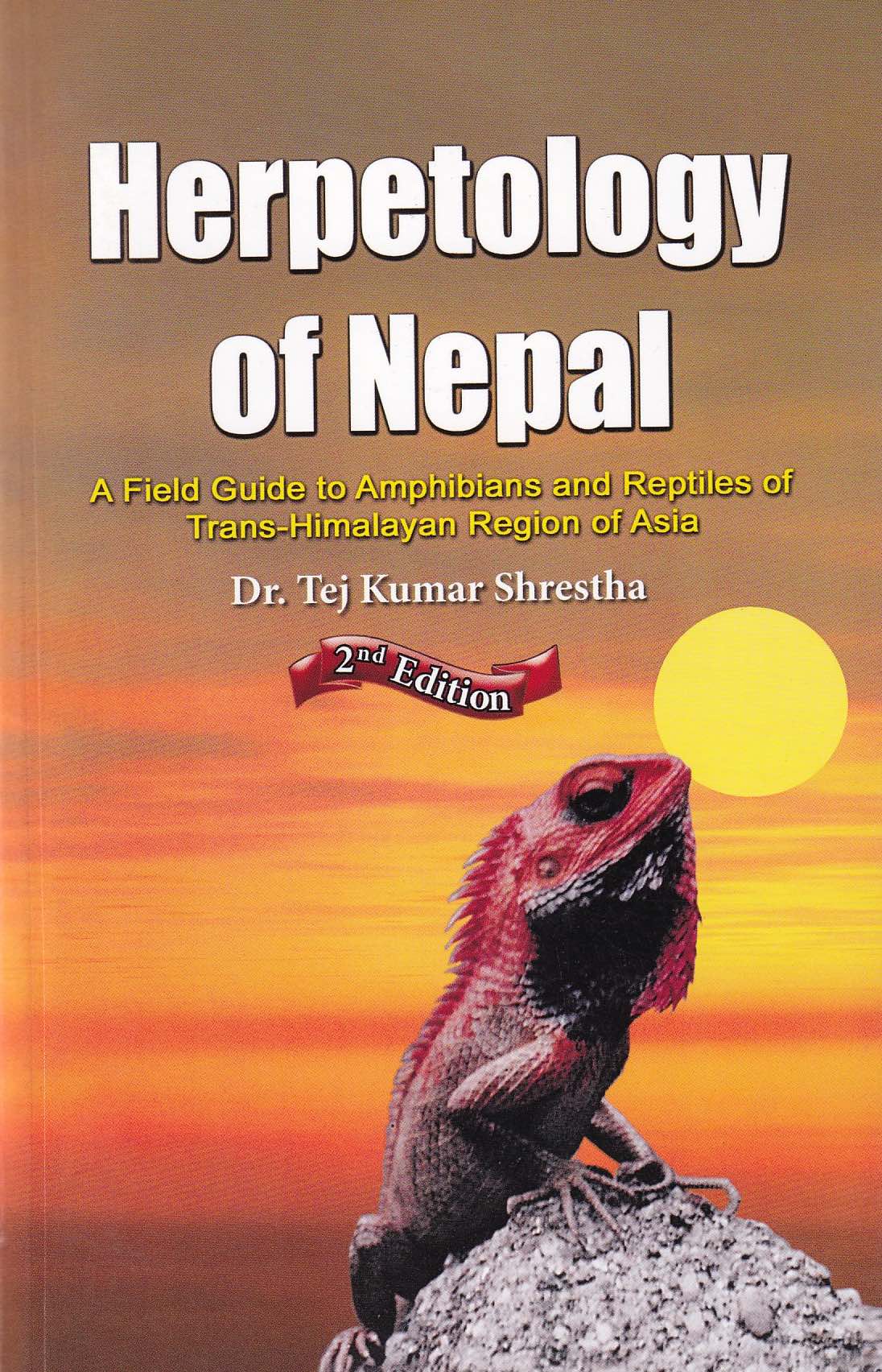Description
Preface to Second Edition
More than twenty years passed since the first edition of Herpetology of Nepal was published. The book was written for scientists and serious-mined herpetologists, naturalists and tourist visiting Nepal. Still most of people in rural Nepal receive little appreciation for the amphibians and reptiles. Mostly deadly poisonous snake are killed on the spot. Amphibians such as tree frogs are sought after for food they need to serve culinary and gustatory delight and value and frog’s legs and turtle meat are considered delicacy giving invigorating effects in human health and promoting longevity.
What great changes have occurred during the past two decades number of other books published in the subject these books are well written and detailed but far from comprehensive. Recently enormous amount of new information has accumulated, scientific name changed, and the attitude of the general public has shown a commendable improvement. Herpetology introduced in curricula of colleges and universities. Intelligent people and university students are now well informed about the value of these cold-blooded herpes as basic link of the natural food chain and their usefulness in helping to control rodent and insect pests.
Not all environmental changes have been for the good, however, the destruction of habitats, which began when the early settlers started clearing the forests and plowing land and road building has continued at an accelerating pace and has been compounded by such problems as deforestation and pollution, the silting of streams and the indiscriminate use of pesticides. All of these have taken their toll. Therefore, one of the main objectives of this book is to give detailed information of highly stressed species of amphibian and reptiles as far as possible to defend ways of protecting them and their habitats. Another objective is to disseminate information about the various conservation groups, and that are engaged in protection for amphibians and reptiles. This present edition of the book attempts to provide the public with concise, accurate and usable facts, by raising the public awareness. Further, this book may become important tool for young scientists whose objectives are to study individual type species ecology or groups of herpetals and to provide authentic distributional ranges and points out distribution gaps in high Himalayas.






